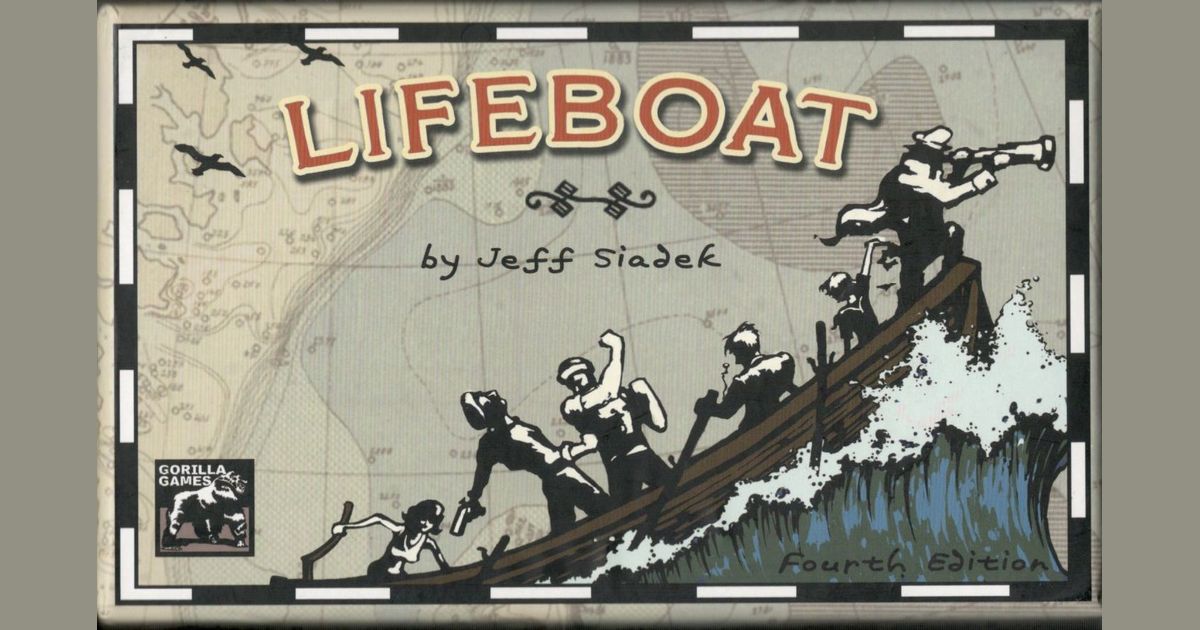SMOOSH JUICE
Designer/Publisher Diary: Lifeboat | BoardGameGeek News

by Jeff Siadek
The seed of the idea came in the mid-1990s when I was playing a game with friends that was better suited for two players than for more. I love multiplayer games but kingmaking sucks, so I wrote a love and hate card for each player and shuffled them up. The idea was that you’d add the score of the player you love, then subtract the score of the player you hate. I think I still have a Magic forest card somewhere with “I Hate Tom” on it…
A few years later that mechanism started to haunt me. It wanted to be its own game. I woke up one morning thinking, “A lifeboat is a great place to gather people you love and hate in an isolated survival situation”, and Lifeboat was born.
The first snag was what to do if you loved or hated yourself? In a five-or six-player game, you were likely to have at least one person with this issue. In my previous love/hate iteration, everybody reshuffled until we got it right, which was all right for a sloppy playtest, but a finished product needed a more permanent solution.
Loving yourself isn’t a problem since scoring double points for survival and not having to worry about keeping somebody else alive is fine. Hating yourself was stickier. I didn’t want to reward people for dying. When explaining the game today, I always say at least twice, “Nobody gets points for dying”, yet people still try to kill themselves. Sigh.
For those hating themselves, I settled on them scoring the size value of everybody who died except you and your secret love. I was later to revisit this concept, but it worked well enough. That’s one of the big problems with designing a game that works. You don’t realize what isn’t working because people are already enjoying it.
My friend Steve Ratter was hosting a game day at his house for his birthday in the next week so I quickly cobbled together a prototype.
The game was a hit. Steve suggested adding cannibalism and a bucket of chum. I hate it when the best things in my games are things contributed by other folks. Cannibalism was relegated to an expansion for fear of alienating game store owners. This was around the time that gaming was under siege for being “unwholesome”.
Steve happens to be a great artist, so he did the art for the cards. My first child had been recently born, so I dedicated the game to Arden. Steve named the boat the H.M.S. Arden as you can see on the parasol. Sir Stephen was in the original cast in honor of Steve. Lady Lauren was originally Lady Dara, but I changed it before we went to press to my wife’s name. Steve and Dara had a kid, Henry, but the kid in Lifeboat is universally hated. I didn’t want to do that to Henry so I changed the name. To date, no French person has taken offense with “Frenchy”.
My first game company had left me with a smoking hole in the ground where my finances would have been, so I asked Neal Sofge of Fat Messiah Games whether he wanted Lifeboat. He said he would if I couldn’t find a publisher.
Not finding a publisher is my strong suit. After a few half-hearted attempts at sending out prototypes, Neal published it on a Docutech printer. Each card was its own page so that we could cut them into nine decks with a big paper cutter. I shrinkwrapped the print run myself.
The game was homemade looking, pixelated, and clunky — but that first print run sold out faster than anything Fat Messiah Games had ever produced. Finally, I had my first big success! And…the fulfillment company Wizard’s Attic skipped off without paying Neal, so he felt bad about not paying me or Steve.
A few years later, Battlestations got Gorilla Games going. During the downtime between missions, I’d break out Lifeboat and Battlestations fans would say, “I love Battlestations, but Lifeboat is your best game.”
Now I had a little bit of Battlestations money, which wasn’t much but it also wasn’t relegating me to photocopying. I was determined to print with Carta Mundi, the company that printed Magic: The Gathering. These were going to be good cards. I remember being on the phone negotiating a printing deal while I was changing the diaper on my second daughter. (Battlestations is dedicated to Eryl.) I printed the Cannibalism expansion at the same time so that there would be no quality control issues. (HA! More on this later.)
I used glass beads to represent birds and put them into the boxes by hand in the first Gorilla Games edition. The Carta Mundi rep convinced me to put the game in a box with a “sombrero” hole so that you could hang them on a display. Unfortunately, that box set the decks side by side so they would mix together annoyingly. This annoyed some reviewers more than others — I’m looking at you, Tom Vasel — but it also annoyed me. Later versions of the game would include a separator between the card stacks.
Remember when I said I printed the expansions at the same time so that I wouldn’t have problems with the cards matching and I used Carta Mundi that prints Magic: The Gathering? Little did I know the saturation varies from the start of a print run to the end such that some expansions looked obviously different.
This can be a real problem if your game revolves around the idea of a hidden card. If the most purple card in the game is the “I hate Dr. Harter” card, then anybody who gets that card is at a disadvantage because everybody knows their agenda.
Of course, I didn’t know this until a few years into the process. People complained, and I’d send them a new Cannibalism, and sometimes they would complain again. Eventually, I figured out the problem, but it wasn’t like I was going to be able to go back to my printer and have them reprint the whole thing with stricter quality control.
The first month in print, Lifeboat sold a whopping thirty-six copies. The initial sales figure is supposed to be your biggest. Sigh. I sent a case of Lifeboat off to BoardGameGeek unsolicited, other than with a note on it hoping to get some free publicity.
I had two young kids, so I had my brother going to SPIEL to promote Battlestations. He brought a case of Lifeboat but didn’t sell any. The next year, I went to SPIEL myself and was able to sell a lot of Lifeboat. It sold out pretty quickly.
I realized I was going to have to reprint. I’d made connections with some foreign publishers, including Swan Panasia in Taiwan, Gen-X Games in Spain, and a French publisher, Le Joueur, that is no longer in the business, so I cooked up a plan to gang the printing for five languages all at once.
I had also met some Russians who were interested in Lifeboat, but Russia had prohibitive import fees on printed goods, so they just wanted to license the design. I got their money up front because I wasn’t going to have any way of going to Russia to shake them down if they cheated me. As it turns out more than a decade later, those Russians have been some of my most reliable partners. (I also have some great Ukrainian partners, too, now.)
So for the third edition reprint of Lifeboat, I gang-printed Spanish, Chinese, English, and French versions and shipped them all to my partners. This worked great, with the biggest snag being when my local bank couldn’t understand that a check from a Spanish company dated 10-5-2009 was for the tenth of May, not for October 5th. I had to wait two months for my bank to clear that up. Yes, I have a different bank now.
Another one of Steve’s ideas was for Liquid Courage. As a non-drinker, I kind of shy away from that stuff, but since I’m also a non-murderer and make plenty of games with killing in them, it’s probably fine to include drink in my games. Steve had wanted to name the Dr. character in Cannibalism “Dr. Wong” in honor of his new girlfriend’s father, but I’d already committed to the name Harter for a dear friend who put us up in Indy. Now we had the chance to do a new character for Liquid Courage, and Steve was able to make his girlfriend Max into Madame Wong.
I was staying with my friend Nico in Arnhem when I got the idea for the Weather Deck. It wasn’t a blast of inspiration as much as realizing that people loved Lifeboat, and it would be nice to have more stuff for the game.
With this expansion, at the start of each game round, you turn over a card to see what special thing happens: more people going overboard or more provisions or no birds, etc.
Over the next decade, I reprinted Lifeboat without essentially changing anything — even though a few things bugged me. A psychopath — that is, someone who hated themselves — could sail around in circles because they had no motivation to survive. Also, the expansions kept adding new characters to the game but not adding their names to the original cards. I had originally intended for the large characters (Captain and First Mate) to go overboard and get thirsty more often than the small characters (Lady Lauren and The Kid) as a balancing factor, but my original Lifeboat card set didn’t do enough of that.
In 2015, I released a sequel game to Lifeboat called Desert Island. This took the same love/hate situation and characters and landed them on an island. Even though technically better designed and balanced, Desert Island hasn’t come close in popularity to its’ predecessor.
Something funny of note happened on my first playtest of Desert Island. I cracked open a copy of Lifeboat to use some of its cards, but forgot to shuffle before dealing out the character and love and hate cards. This meant everybody was a narcissistic psychopath, and the game played really weird.
In May 2025, I’m launching a crowdfunding campaign for an updated version of Lifeboat that integrates all of the expansions into the main game and includes tokens and a board. Don’t hate me…

/pic3749963.jpg)
/pic8841708.png)
/pic177943.jpg)
/pic8841711.jpg)
/pic8824960.jpg)
/pic8841709.jpg)
/pic493833.jpg)
/pic8841746.png)
/pic8824979.png)
/pic8841749.png)
/pic1887141.jpg)
/pic8674224.png)
/pic8841761.jpg)